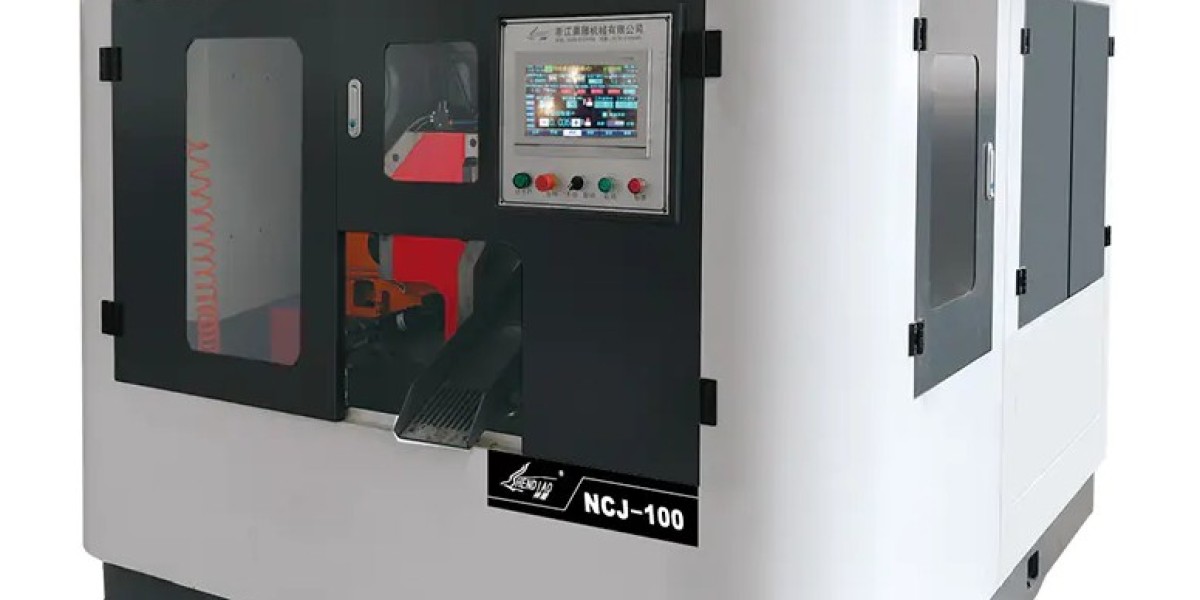When it comes to processing metal materials like aluminum, precision and adaptability are critical. One frequently asked question in the metal fabrication industry is whether the spindle speed of an aluminum plate cutting circular saw machine can be adjusted to suit different cutting conditions. The answer to this question plays a significant role in determining the machine’s flexibility and cutting quality.
In most modern industrial circular saw machines, adjustable spindle speed is a built-in feature. This adjustability allows operators to modify the rotational speed of the saw blade based on the thickness, hardness, and specific type of aluminum plate being cut. Aluminum is a relatively soft metal, but improper speed settings can still result in poor edge quality, material warping, or excessive blade wear.
The ability to control spindle speed offers several key advantages. First, it enables smoother cuts by reducing vibration and minimizing burring at the edges. When cutting thin sheets, a higher speed might be appropriate to maintain cutting efficiency. In contrast, thicker or harder aluminum plates often require slower spindle speeds to reduce heat buildup and prevent blade damage.
Variable spindle speed also supports longer tool life. Blades used in high-speed cutting are prone to dulling if the speed is not optimized for the material. With an adjustable system, operators can fine-tune the spindle speed to maximize blade efficiency while minimizing wear.
Additionally, adjustable speed settings improve safety and operator control. In manual and semi-automatic machines, being able to slow down the cutting speed helps reduce kickback and ensures better handling of heavy or oddly shaped aluminum plates. This also helps when working with coated or composite aluminum, which may require slower, more deliberate cutting to avoid delamination or coating damage.
Many high-performance sawing systems are equipped with digital control interfaces or variable frequency drives (VFDs) that allow for precise spindle speed adjustments. These can be controlled either manually through a control panel or programmed for automatic operation, depending on the cutting parameters needed for each job. Advanced models may even include smart sensors that adjust spindle speed dynamically based on material resistance during the cutting process.
That said, not all machines offer this flexibility. Entry-level or economy models may feature fixed spindle speeds to reduce manufacturing costs, making them less ideal for complex or variable workloads. When choosing a sawing machine, buyers need to assess whether the equipment offers speed adjustment options, especially if the cutting tasks involve diverse aluminum plate sizes or specifications.
In summary, adjustable spindle speed is a crucial feature in modern cutting machinery for aluminum plates. It allows for optimized cutting performance, better surface finishes, extended blade life, and improved safety. For operations requiring adaptability across various material types and dimensions, investing in a system with variable spindle control is not just beneficial—it’s essential.
Cutting Range(mm): 160×3100
Saw Blade Size(mm): Φ550×38×3.5/Diameter×Thickness×Inner Orifice
Feeding Speeds: Stepless Speed Control
Saw Blade Speed(m/min): 2860
Total Power(kw): 21.7
Fastening Mode: Air Pressure
Overall Size(mm): 7000×6150×2150







